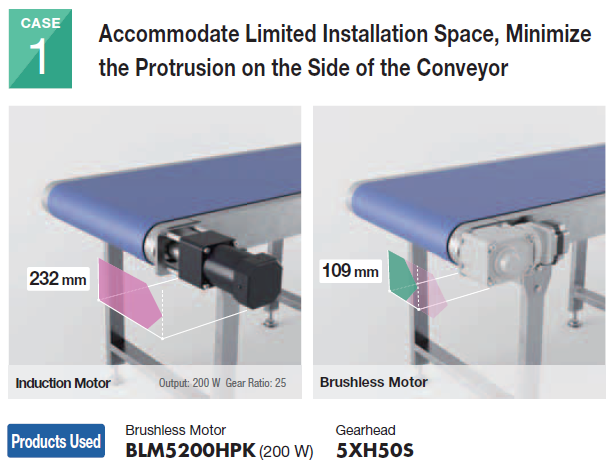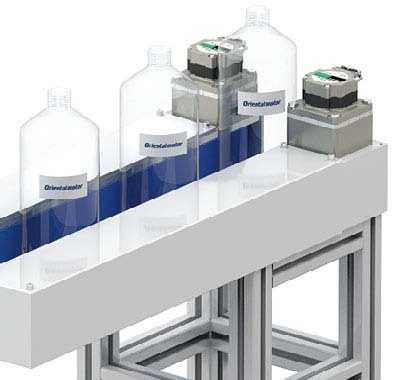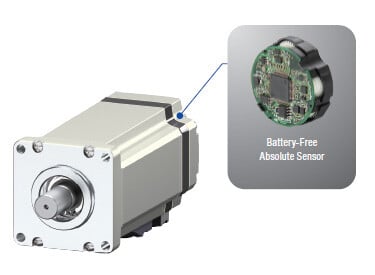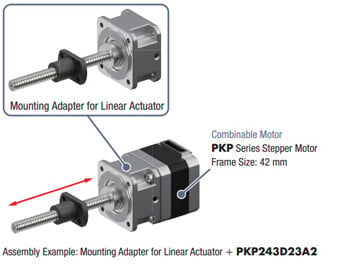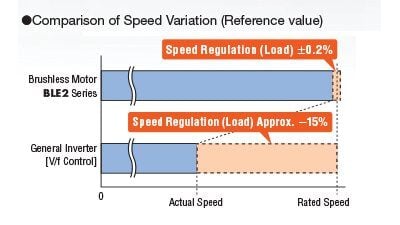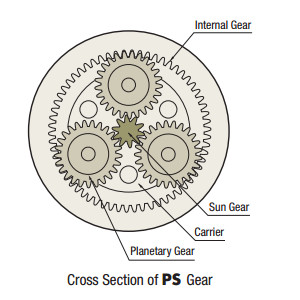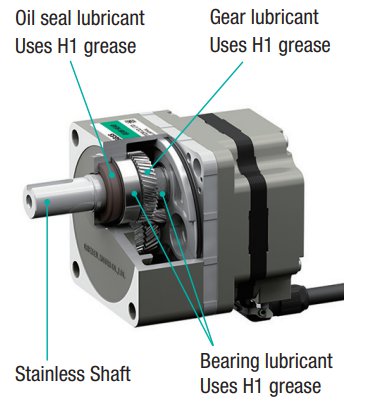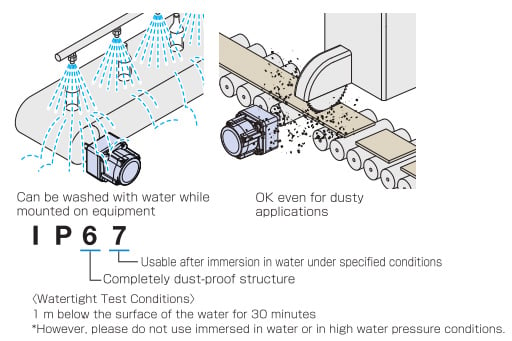AC induction motors are the workhorses that power many types of conveyors to transport materials. However, there's a smaller but mightier type of motor that can help enhance the design and performance of conveyors for many industries.
Welcome to Oriental Motor's "Engineering Notes" Blog:
Products and technology are only valuable when coupled with skilled people and services to support them. Since 1978, ORIENTAL MOTOR U.S.A. CORP. has been building a service and support system to better serve customers. It is our goal to provide the best product and service from the design phase, through the sale and beyond.
Our blog will feature:
- Introduction to new products and technologies
- Motion control basics and application examples
- Tips for motor selection, programming, and troubleshooting
Advancing Conveyor Design and Performance with Brushless DC Motors
Topics: Speed Control, VIDEOS, BLDC Motors, Washdown, Application Examples, New Product Introductions, Food & Packaging, Grip Conveyors, Conveyors
Explainer: How to Synchronize Speeds Between Multiple Motors with One Potentiometer
For speed synchronization applications like a dual belt labeling conveyor, multiple motors must run at the same speed. What is the best type of motor to use and what are the methods to achieve this? Our application engineer set up a product demonstration to show you how this can be done with one potentiometer.
Topics: Speed Control, VIDEOS, BLDC Motors, Grip Conveyors, Conveyors, Product Demos
OVR Series: A Family of Easy-to-Use Small Industrial Robots
Interested in industrial robots but not sure where to start? Learn how Oriental Motor's compact and easy-to-use small industrial robots, robot controllers, and software can help simplify robotic automation.
Topics: Stepper Motors, Robotics, Absolute Positioning, Alphastep Hybrid Control, Linear Actuators, VIDEOS, Software, Application Examples, New Product Introductions, XYZ/Cartesian/Gantry
AZX Series: Servo Motors with Mechanical Absolute Encoders
This article introduces the key innovations of the powerful AZX Series, which is a uniquely different servo motor and driver system designed to be easier to use and more cost-effective than traditional servo motor systems.
Topics: Absolute Positioning, VIDEOS, Servo Motors, New Product Introductions
Stepper Motor Linear Actuator Attachment: Easily Convert Stepper Motors to Linear Actuators
The popularity of micro linear actuators has been steadily increasing, driven by the need to increase productivity in confined spaces. To help meet the demand of the miniaturization trend, Oriental Motor has developed a compact linear actuator that can be attached to an off-the-shelf stepper motor.
Topics: Stepper Motors, Robotics, Linear Actuators, VIDEOS, Application Examples, New Product Introductions, Medical
VFD vs BLDC: Which Technology is Better for Speed Control?
While AC induction motors and VFDs are often the go-to choice for speed control applications, several other alternatives are available, from servo motors to AC motors with tachometers. However, brushless (BLDC) motor technology is quickly growing in popularity in compact designs while also offering other advantages that are often overlooked.
Topics: AC Motors, Speed Control, BLDC Motors
Gearhead Selection for Stepper Motors
Selecting a gearhead for a stepper motor is like picking out the right shoes for the occasion. Sure, you can wear Air Jordans on a football field, but they're not better than a pair of regular cleats. Similarly, you can use a harmonic gearhead to drive a unidirectional conveyor, but you may be overpaying for its zero-backlash capability when you don't have to. Picking the right gearhead can ensure the best balance between performance and budget.
Topics: Stepper Motors, Alphastep Hybrid Control, Motor Sizing, Gearheads, Motion Control Basics
Gearhead Selection for Brushless Motors
Gearheads play a crucial role in motor performance optimization. Each type of gear offers its own features and characteristics, and the gear ratio alters a motor's output torque and speed. By carefully selecting the optimal gear type and ratio, engineers can fine-tune motor performance to align precisely with the application requirements.
Topics: Speed Control, Motor Sizing, BLDC Motors, Gearheads, Motion Control Basics
Case Study: How a Compact Electric Gripper Can Help with Articulated Robots
An end effector, such as an electric gripper, is an essential part of industrial robots. More importantly, using the right gripper for the load being transferred prevents damage while improving automation efficiency. In this article, we share how one system integrator has successfully adopted an electric gripper for one of their articulated robots.
Topics: Robotics, Absolute Positioning, Alphastep Hybrid Control, Linear Actuators, VIDEOS, Application Examples, Medical, Food & Packaging, Case Studies
What Does Ingress Protection Really Mean for Electric Motors?
Electric motors drive our world, but they can be susceptible to environmental hazards like dust or water. This article explores IP ratings and codes, what they are, how they're tested, and why they're critical for motor durability and reliable performance.
Topics: AC Motors, Speed Control, VIDEOS, BLDC Motors, Washdown, Application Examples, Motion Control Basics, Conveyors
